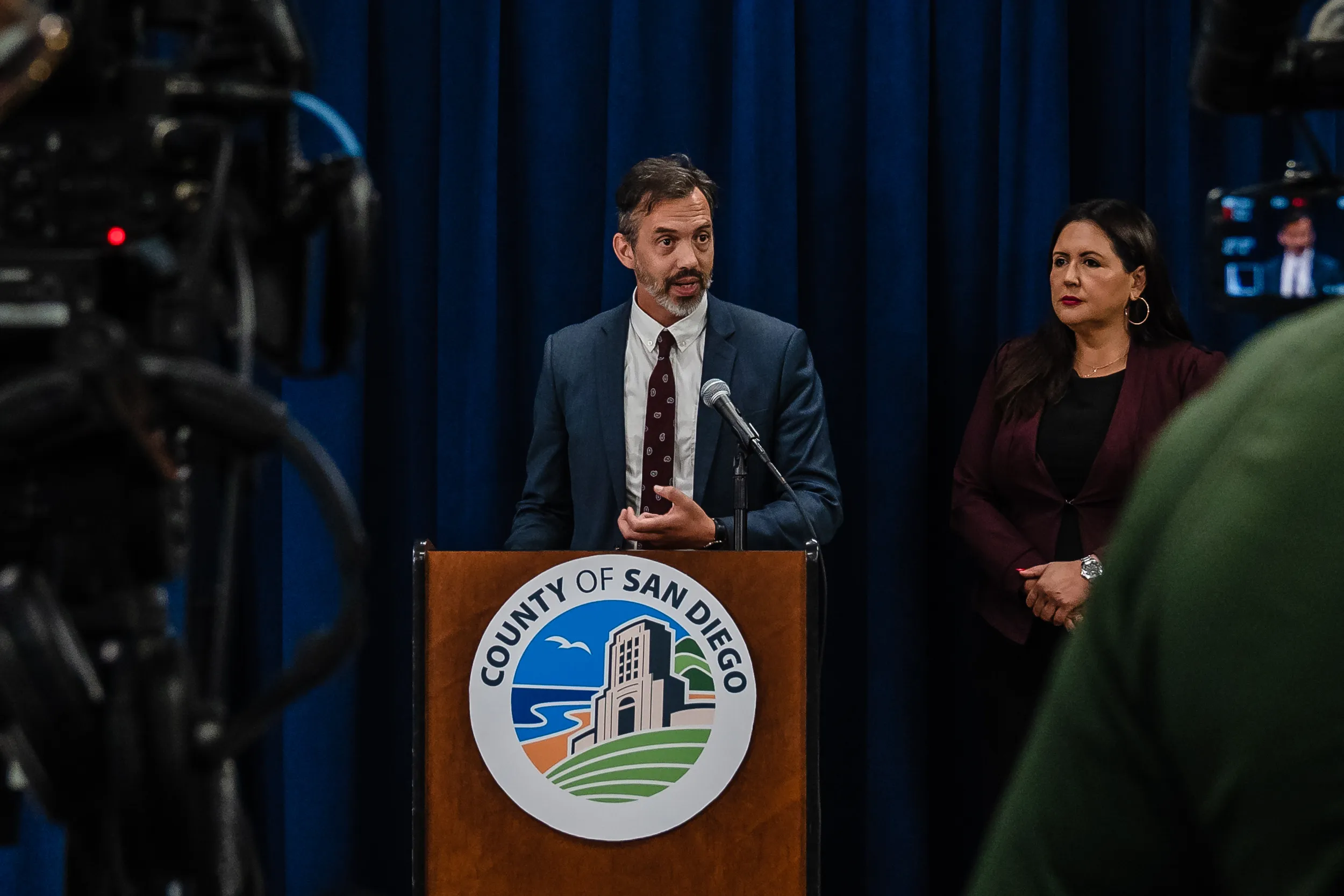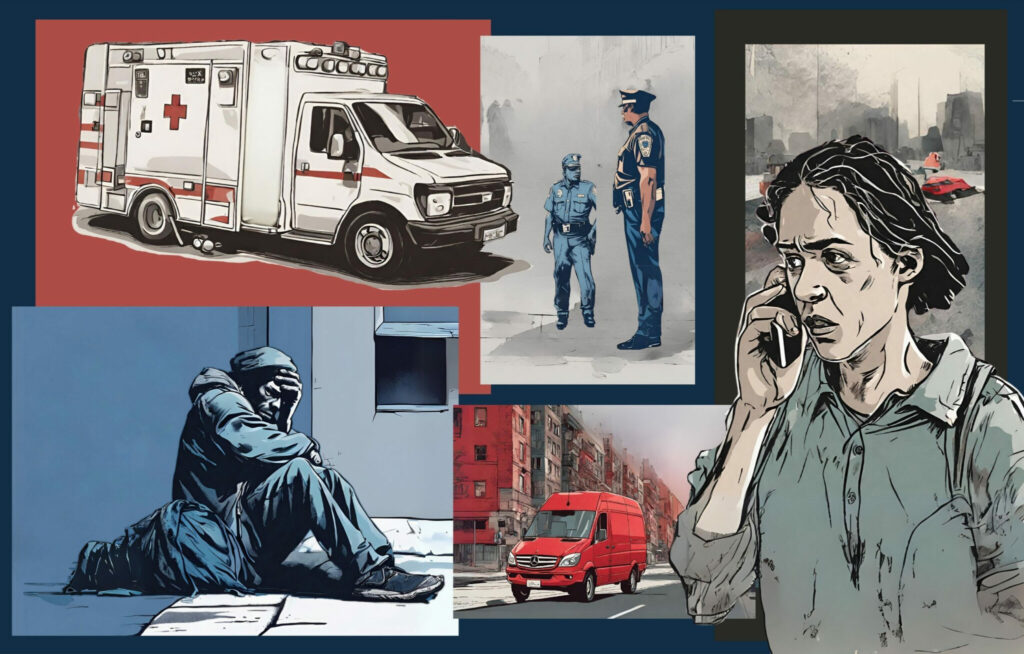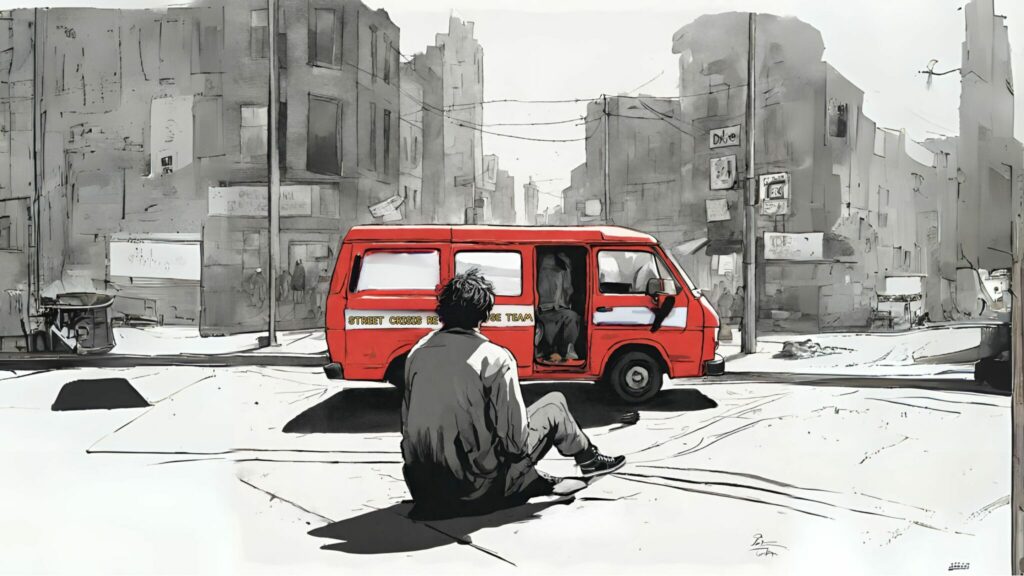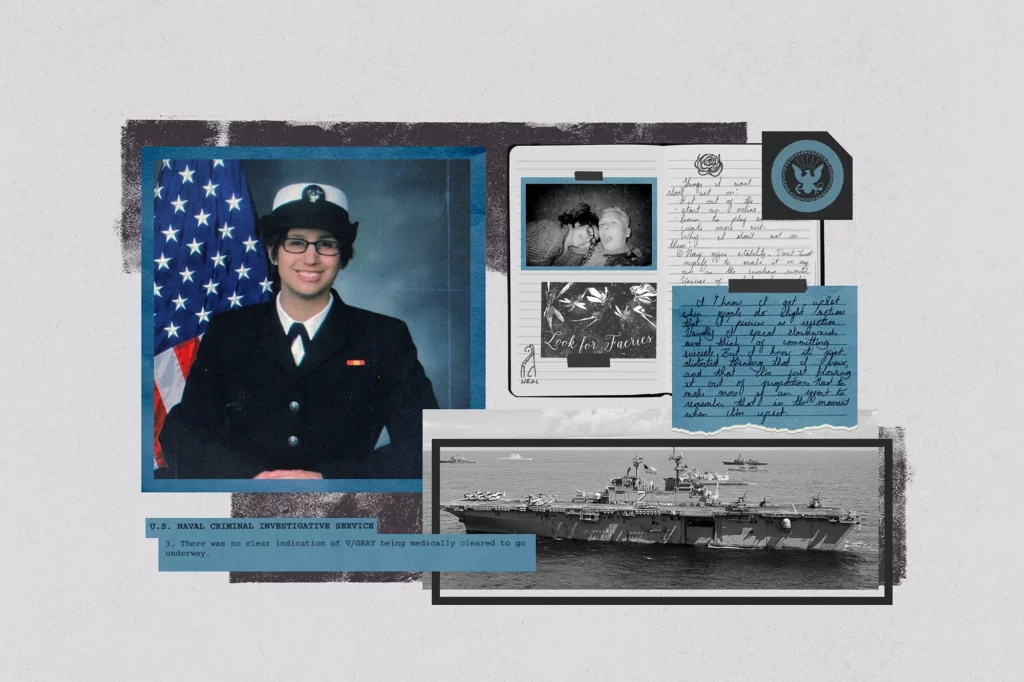Law Could Increase Demand for Often-Elusive Addiction Treatment

Voice of San Diego by Lisa Halverstadt, November 3, 2023: State legislation that makes people struggling with severe addiction eligible for conservatorships is expected to put more pressure on a treatment system now often unable to deliver immediate voluntary care.
A state law set to take effect in January aims to make it easier to force Californians with severe substance use disorders into treatment that is now often not immediately available to San Diegans who want it.
Gov. Gavin Newsom last month signed SB 43, which broadens eligibility for both conservatorships and shorter-term involuntary holds in hospitals to include people whose addiction challenges threaten their own safety and access to necessities including medical care.
The law, part of a broader effort by Newsom and others to reform the state’s behavioral health system, is likely to put more pressure on a local system now unable to meet the need.
While much of the rhetoric around SB 43 implied longer-term conservatorships, San Diego County’s behavioral health director and others predict the law’s most dramatic initial impact will be a spike in instances where police bring people struggling with addiction to hospitals on short-term holds.
Whether SB 43 results in the majority of those patients receiving continued addiction treatment will rest on hospitals’ ability to quickly make those connections. For now, care often isn’t available on demand for people with Medi-Cal insurance.
This means that absent a rapid influx of new treatment options and other reforms, the law could lead more low-income and homeless San Diegans to cycle through hospital emergency rooms without accessing the care they desperately need.
Read more from Voice of San Diego here.




